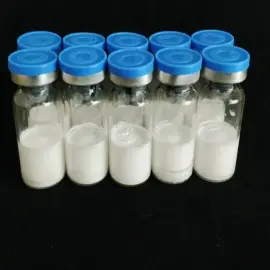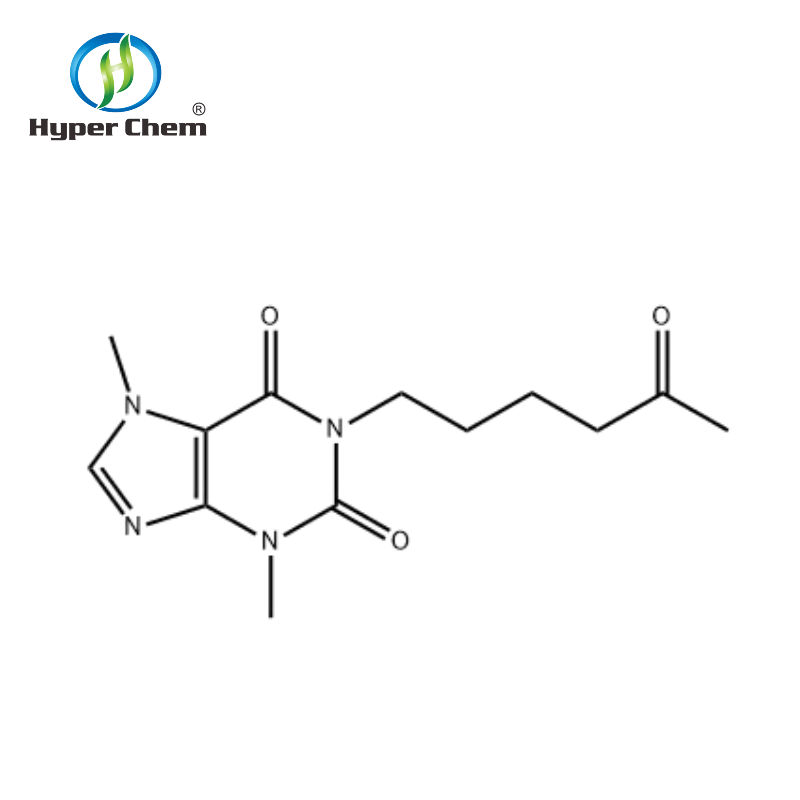-
Categories
-
Pharmaceutical Intermediates
-
Active Pharmaceutical Ingredients
-
Food Additives
- Industrial Coatings
- Agrochemicals
- Dyes and Pigments
- Surfactant
- Flavors and Fragrances
- Chemical Reagents
- Catalyst and Auxiliary
- Natural Products
- Inorganic Chemistry
-
Organic Chemistry
-
Biochemical Engineering
- Analytical Chemistry
-
Cosmetic Ingredient
- Water Treatment Chemical
-
Pharmaceutical Intermediates
Promotion
ECHEMI Mall
Wholesale
Weekly Price
Exhibition
News
-
Trade Service
Niludipine is a pharmaceutical drug that is used to treat hypertension, and it belongs to the class of drugs known as calcium channel blockers.
The production process of niludipine involves several steps, including synthesis, purification, and formulation.
Step 1: Synthesis of N-methyl-D-glucamine
The first step in the production of niludipine involves the synthesis of N-methyl-D-glucamine, which is a key intermediate in the production of the drug.
N-methyl-D-glucamine is synthesized by reacting D-glucamine with methyl iodide in the presence of a solvent such as dimethylformamide or dimethyl sulfoxide.
The reaction is typically carried out at a temperature of around 80-100°C, and the product is isolated by precipitation with a solvent such as ether or hexane.
Step 2: Synthesis of N-[(3R)-1,2,3,4-tetrahydro-3-[(methylsulphonyl)amino]oxazepin-9-yl]-N'-methyl-D-glucamide
The next step in the production of niludipine involves the synthesis of N-[(3R)-1,2,3,4-tetrahydro-3-[(methylsulphonyl)amino]oxazepin-9-yl]-N'-methyl-D-glucamide, which is a key intermediate in the production of the drug.
This intermediate is synthesized by reacting N-methyl-D-glucamine with a reagent such as benzaldehyde in the presence of a catalyst such as hydroquinone and a solvent such as acetonitrile.
The reaction is typically carried out at a temperature of around 60-80°C, and the product is isolated by precipitation with a solvent such as ether or hexane.
Step 3: Synthesis of N-[(3R)-1,2,3,4-tetrahydro-3-[(methylsulphonyl)amino]oxazepin-9-yl]-N'-methyl-D-glucamide
The next step in the production of niludipine involves the synthesis of N-[(3R)-1,2,3,4-tetrahydro-3-[(methylsulphonyl)amino]oxazepin-9-yl]-N'-methyl-D-glucamide, which is the final intermediate in the production of the drug.
This intermediate is synthesized by reacting N-[(3R)-1,2,3,4-tetrahydro-3-[(methylsulphonyl)amino]oxazepin-9-yl]-N'-methyl-D-glucamide with a reagent such as hydrogen chloride in the presence of a solvent such as ether or methanol.
The reaction is typically carried out at a temperature of around 0°C, and the product is isolated by filtration and washing with a solvent such as water.
Step 4: Purification of Niludipine
The final step in the production of niludipine involves the purification of the drug to remove any impurities that may have been introduced during the previous steps.
This is typically done by mixing the crude product with a solvent such as ethyl acetate or methanol, and then filtering the mixture to remove any insoluble impurities.
The filtrate is then evaporated to remove the solvent, and the resulting residue is purified further by chromatography on a column packed with a stationary phase such as silica gel or alumina.
The purified drug is then collected and dried to remove any remaining imp







